Climate change is reshaping where and how Americans live. Several cities could become unlivable by 2040 due to environmental threats. These include extreme heat, sea-level rise, floods, failing infrastructure, and more. If nothing changes, daily life in these places may grow unsafe or unsustainable. Some cities already show early warning signs. Others face future challenges that demand action now. Fortunately, we’re not powerless. With smart planning and strong community efforts, we can prevent the worst.
New Orleans, Louisiana
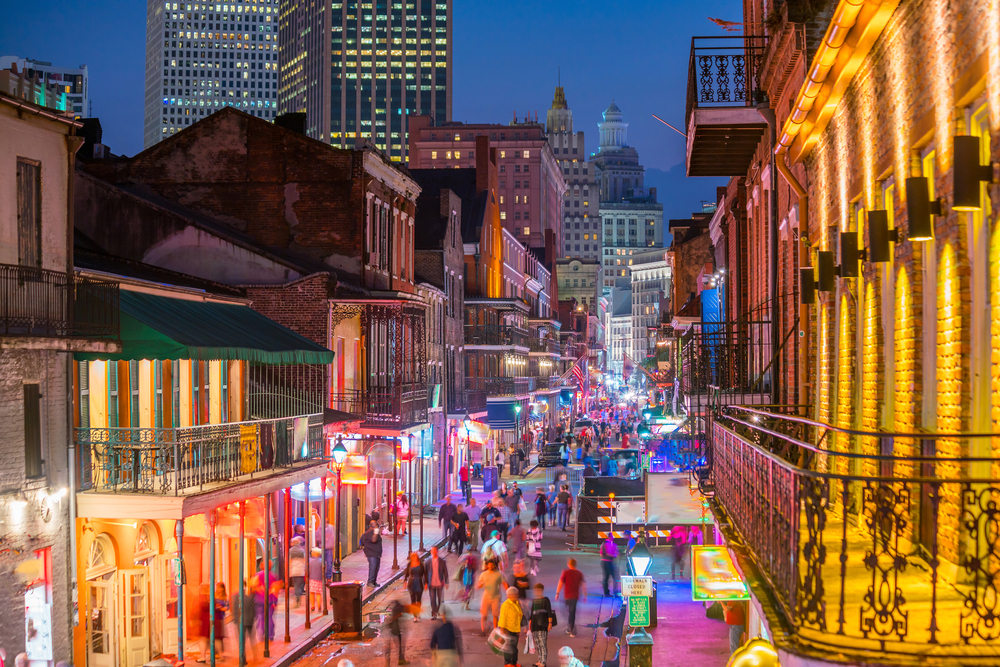
New Orleans faces a dangerous mix of sinking land and rising water. Many neighborhoods already sit below sea level. The city depends on levees and pumps to keep streets dry, but these systems are aging fast. Hurricanes grow stronger, and storm surges hit harder. Meanwhile, wetlands that once acted as buffers are disappearing. Flooding is more frequent, more severe, and more damaging than in the past. The city must invest in better flood control and stronger infrastructure. Communities also need resources to prepare for repeated storms.
Phoenix, Arizona

Phoenix is heating up at an alarming rate. By 2040, it could see over 100 days of extreme heat each year. That kind of weather is dangerous for seniors, kids, and people who work outside. At the same time, water supplies are running low. The city relies on the Colorado River, which continues to shrink from drought and overuse. With less water and more heat, living here may become too risky. To stay livable, Phoenix must conserve water and invest in cooling programs. Shade trees, green roofs, and community cooling centers can help. Without these changes, life in Phoenix may grow unbearable.
Miami, Florida
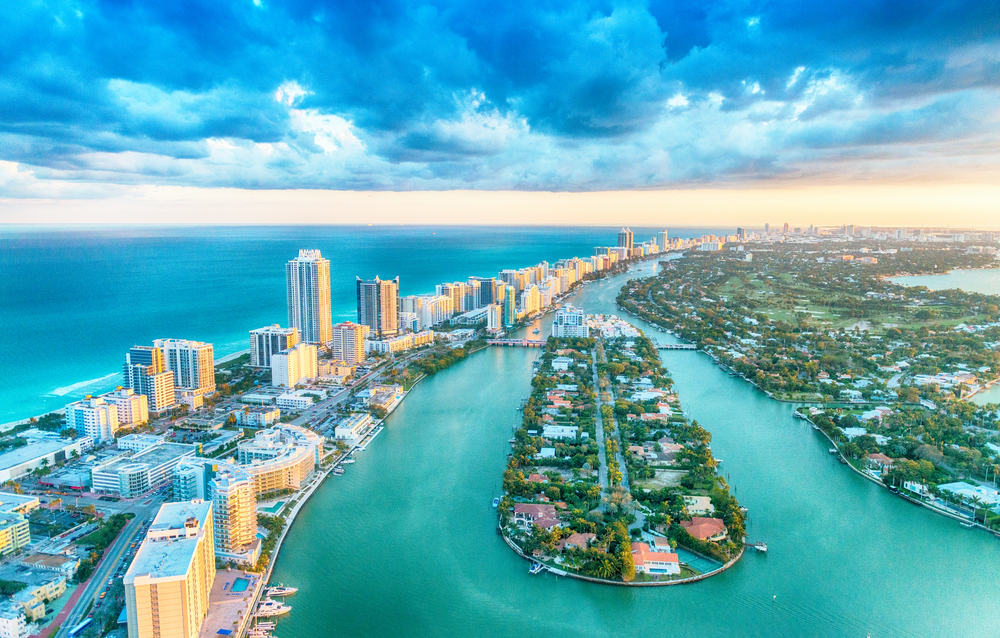
Miami doesn’t need storms to flood anymore. High tides now push seawater onto the streets during sunny days. Rising seas threaten homes and infrastructure. Saltwater is seeping into the city’s freshwater supply and affecting the drinking water. Insurance companies are pulling out due to growing risk. Miami also faces a unique challenge; its limestone base makes flood barriers less effective. If the sea rises much more, parts of the city may become unlivable by 2040. Planners are trying to raise roads and seawalls, but progress is slow. Without stronger protections, more families may be forced to leave.
Chicago, Illinois
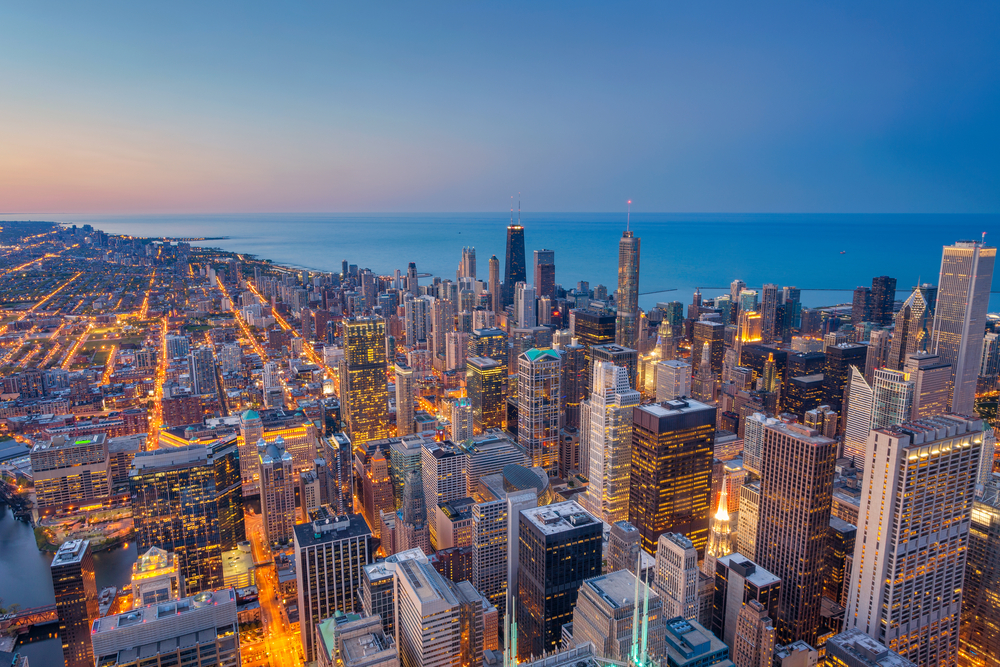
Summers bring longer, deadlier heat waves in Chicago. Many buildings trap heat and lack modern cooling systems. Older neighborhoods with few trees suffer the most. At the same time, the city’s sewer system can’t handle heavy rains. Streets and basements flood often, damaging homes and slowing emergency response. If leaders don’t act soon, life here could become unsafe. Chicago needs more modernized infrastructure and emergency cooling shelters. These steps can keep the city livable. But without them, conditions could push residents to leave by 2040.
Anchorage, Alaska
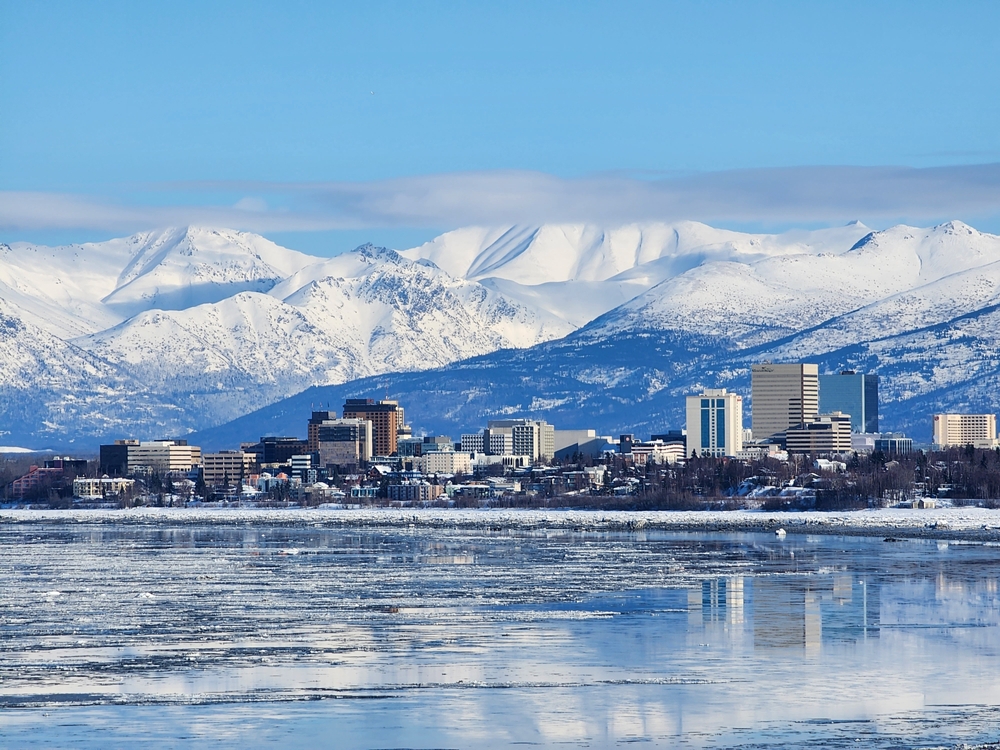
Anchorage is warming faster than most U.S. cities. Alaska’s permafrost is melting, shifting the very ground on which buildings sit. This causes damage to roads, homes, utilities and more. Sea ice loss is also making storms stronger and coastal erosion worse. Warmer winters affect local wildlife, ecosystems, and traditional food sources for Indigenous communities. Anchorage may seem safe today, but it faces rapid change. If temperatures keep rising and permafrost continues to thaw, the city could become unlivable by 2040. Some communities nearby are already relocating inland. To stay habitable, Anchorage must redesign its infrastructure for shifting ground and support sustainable energy. Without early action, this northern city may become one of the country’s most vulnerable.
Houston, Texas
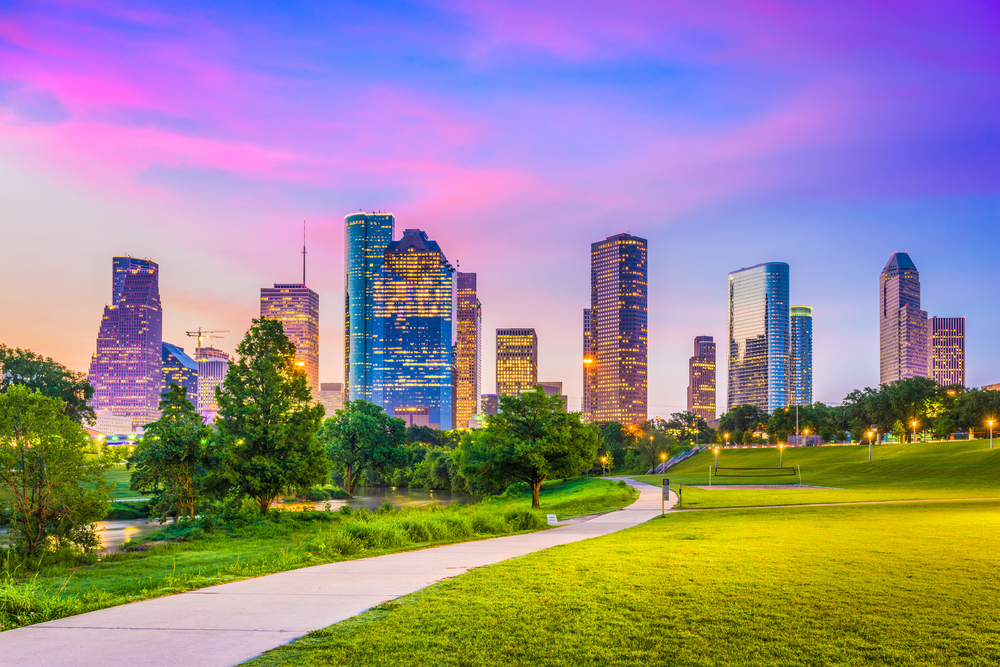
Houston is no stranger to climate danger. It already deals with severe flooding and rising heat. Urban development worsens both problems by paving over land and removing natural barriers. Experts predict Houston could face more than 80 extreme heat days annually by 2050. These conditions strain the power grid and threaten public health. The city must restore green spaces and modernize drainage systems. It also needs to protect vulnerable residents from extreme heat.
San Francisco, California
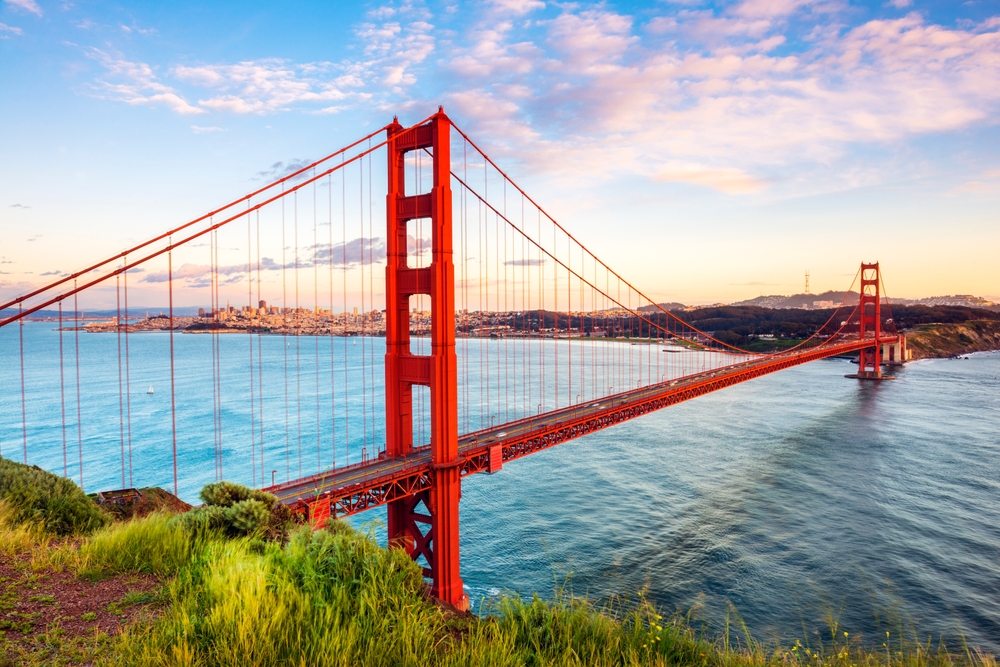
San Francisco is facing growing climate pressure from multiple directions. Sea-level rise threatens low-lying coastal areas like Mission Bay and the Embarcadero. At the same time, wildfire smoke from inland fires frequently chokes the city’s air. These back-to-back threats strain public health and safety. Meanwhile, years of drought reduce water supply reliability. Earthquake risk adds another layer of vulnerability. If the city doesn’t invest in stronger defenses, it may become too unstable to sustain large populations. Without timely upgrades, San Francisco could become unlivable by 2040. Leaders are trying to improve resiliency with sea walls, green infrastructure, and emergency plans. But progress is uneven, and affordability makes relocation difficult for many. Keeping San Francisco livable will take faster action and stronger public support.
Norfolk, Virginia
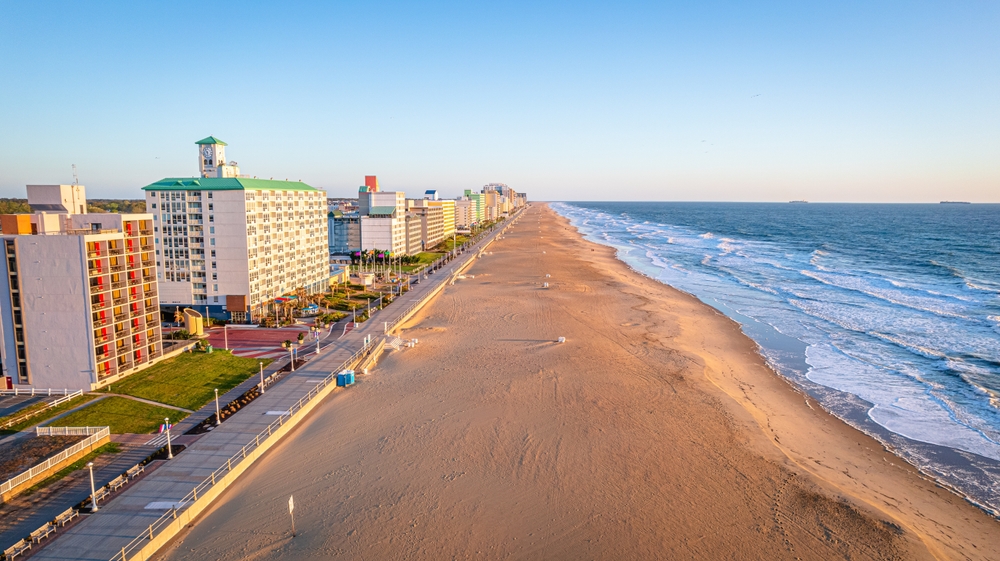
Norfolk is one of the fastest-sinking cities on the East Coast. At the same time, sea levels are rising quickly in the region. This double threat makes flooding more frequent and more damaging. Even small storms can swamp streets and flood homes. The city’s location near the Chesapeake Bay adds to its risk. Naval Station Norfolk, a major military base, is also under threat. Roads often flood during high tides, cutting off access to homes and services. City officials are raising roads and building seawalls. But these efforts may not be enough unless they speed up. Norfolk must act quickly. If not, more residents may be forced to leave as daily life becomes too risky.
Las Vegas, Nevada
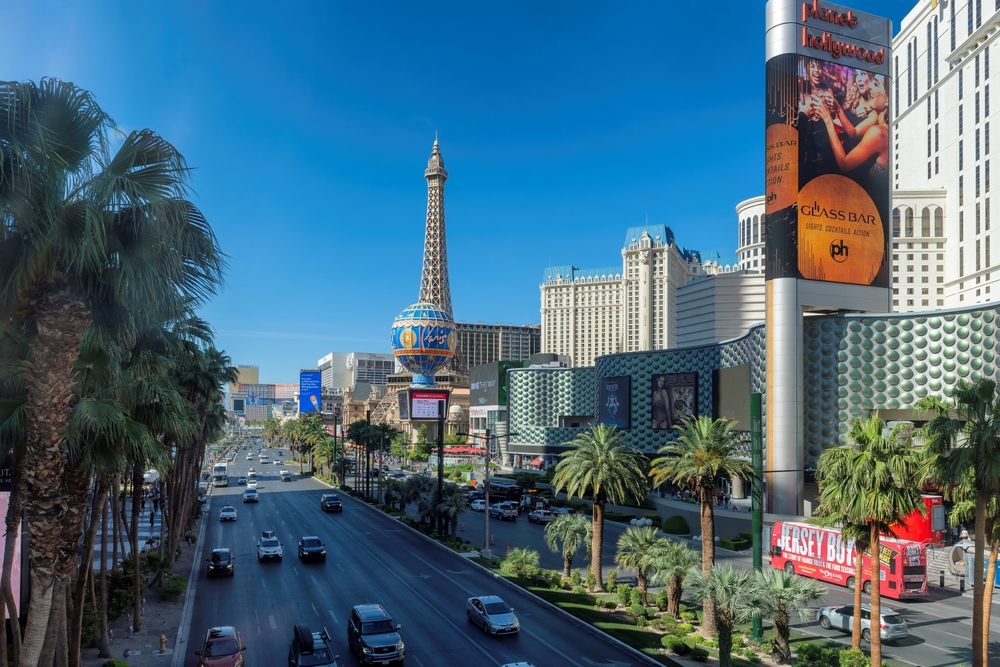
Las Vegas faces extreme heat and worsening water shortages. The city already sees triple-digit temperatures for long stretches each summer. By 2040, those heatwaves will become even more frequent and intense. At the same time, the area relies on Lake Mead and the shrinking Colorado River for water. As drought continues, the region’s ability to support a growing population is at risk. If conservation efforts fail, water may become too scarce for basic needs. Las Vegas could become unlivable by 2040, not because of heat alone, but because there won’t be enough water to cool homes and businesses or irrigate land. Officials are pushing water-saving policies and promoting desert landscaping, but the clock is ticking.
Sacramento, California
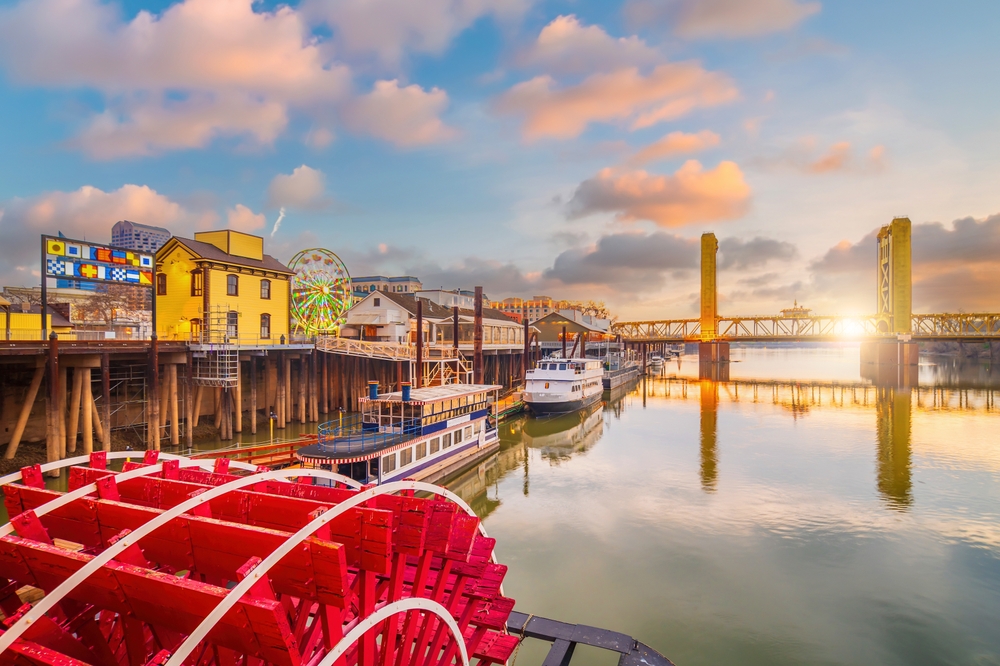
Sacramento sits at the intersection of several climate threats. It faces increasing heat as summer temperatures are climbing fast, pushing the city toward extreme heat days. Surrounding forests create fire risk, and smoke often blankets the area. Meanwhile, the Sierra snowpack, Sacramento’s main water source, is shrinking. This leaves homes, farms and cities with less to share. The city is working on shade tree programs and drought-tolerant landscaping. They are also working on strengthening emergency alerts for residents. Still, without bigger changes to water policy and energy use, climate conditions could overwhelm local systems.
New York City, New York
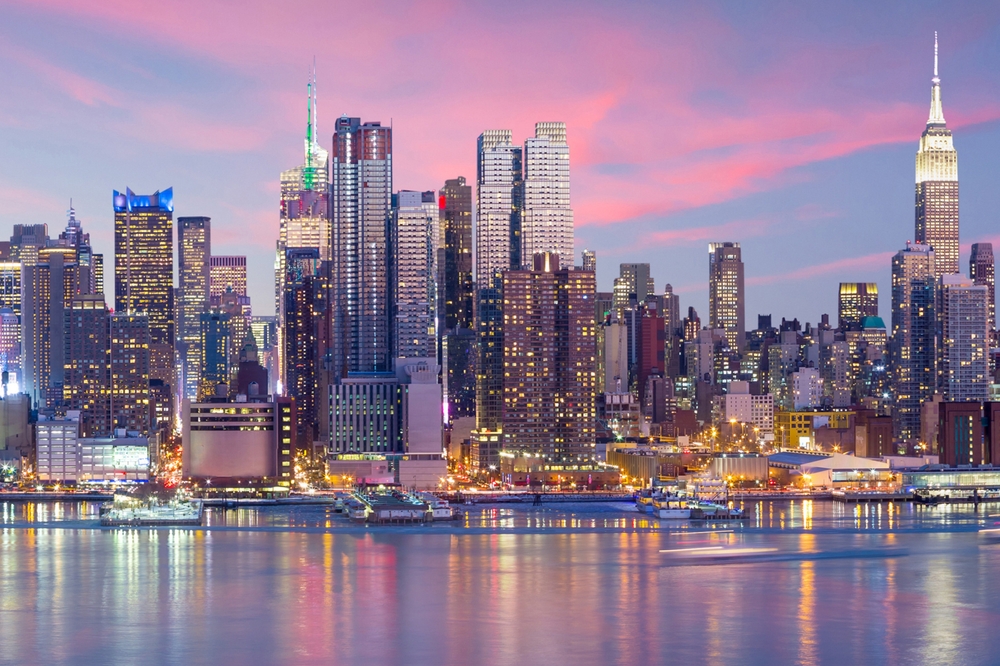
New York City may seem strong, but climate change is already wearing it down. The 2012 devastation from Hurricane Sandy was just the beginning. Sea levels continue to rise along the East Coast, flooding subways and streets during storms and high tides. Heat waves also hit harder, especially in low-income neighborhoods with limited shade. Aging infrastructure struggles to keep up with these growing challenges. Sea walls, cooling centers, and stormproof infrastructure are in development, but funding and bureaucracy slow progress. The city must move faster to protect housing and public health. Otherwise, many neighborhoods may face more frequent evacuations and long-term risk.
What Can Cities Do to Adapt?
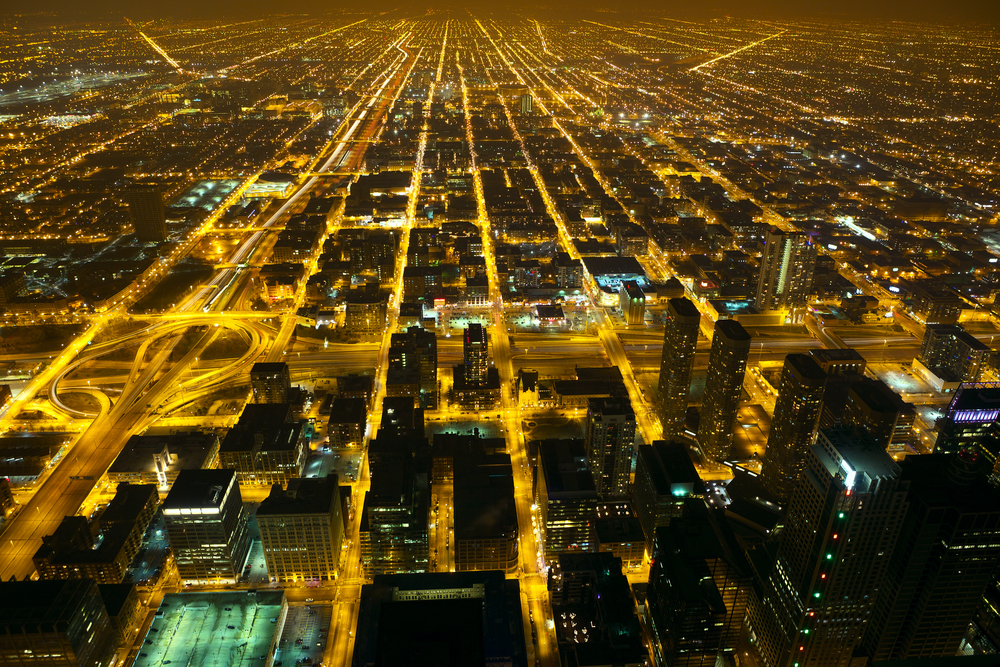
Cities still have time to prevent the worst outcomes. They can redesign streets to handle more water and heat. Expanding tree cover and green roofs cool neighborhoods and reduce energy use. Coastal cities can build seawalls, restore wetlands, and elevate roads. Updating sewer systems helps manage heavier rain. Upgrading power grids ensures homes stay cool during heat waves. Zoning laws must keep homes out of high-risk areas. With the right investments, many places can avoid becoming unlivable by 2040. But these changes take time. Leaders need to act fast and include residents in planning. Communities that adapt early will protect both lives and local economies. Waiting too long could push entire neighborhoods past the point of recovery.
How Individuals Can Help

Every person can play a part in building climate resilience. Start by using less energy and water at home. Choose public transit, carpool to work, walk, or bike when possible. Plant trees and support local green projects. Learn about your city’s climate plans, and speak up at community meetings. Vote for leaders who support environmental action. Support laws that improve housing, energy systems, disaster planning and infrastructure improvements. Even small changes add up when more people get involved. You don’t need to fix everything, but you can be part of the solution.
Conclusion
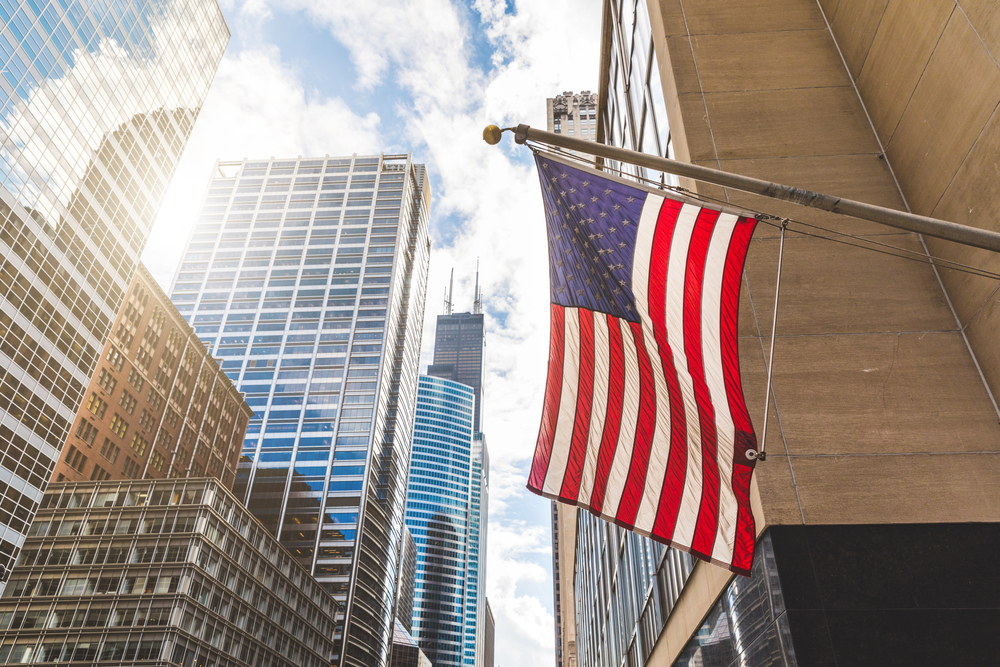
Some U.S. cities are at serious risk of becoming unlivable by 2040. The threats are real, but the future is not yet written. Communities can act now to reduce risk and prepare for change. Cities that plan ahead can stay safe and vibrant. Individuals who get involved help drive that change. Climate adaptation takes teamwork and bold decisions. But most of all, it takes urgency. The sooner we act, the more we can protect.
Read More: Top 10 Least Friendly Cities Around the World
